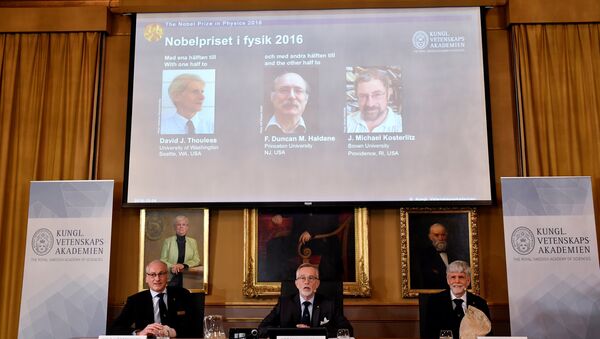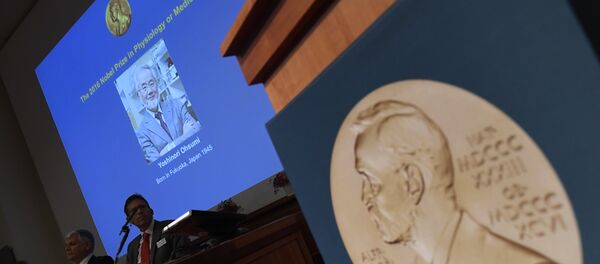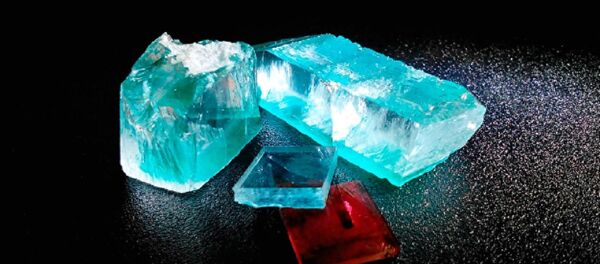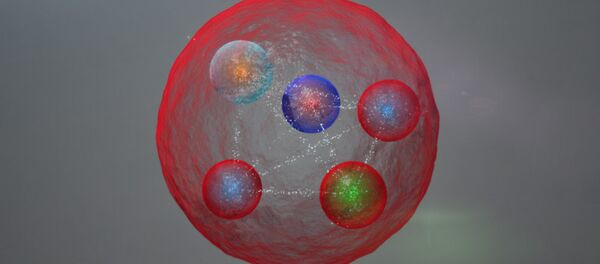Phase transitions describe changes in the properties of a material, like progression from ice to water and then to steam in the world around us when the temperature rises. Thouless, Haldane and Kosterlitz demonstrated that abrupt changes can also happen in the electrical properties of materials.
The trio studied phenomena that occur on surfaces or inside extremely thin layers that can be described as two-dimensional. Variations in the atomic structure can result in materials obtaining unusual electric properties.
Commenting on the award, Princeton University physicist Haldane said that like many other scientific discoveries his finding was in a way accidental.
"At the time, I thought it was of scientific interest and mathematical interest, but I didn’t think it would ever find a particular realization. I basically stumbled on this playing with mathematics," he said, referring to the experiment he conducted in the 1980s.
"You never set out to discover something new. You stumble on it and you have the luck to recognize that it is something new," the scientist added.
Back in the 1970s, Kosterlitz and Thouless revised the then existing theory that superconductivity or superfluidity could not occur in thin layers of matter. The physicists proved that superconductivity could occur at low temperatures. They also explained phase transitions that make superconductivity disappear at higher temperatures.
Like his colleagues, Haldane expressed hope that their discovery would be useful in material science and electronics.
Their scientific work can be very useful because Haldane, Thouless and Kosterlitz discovered a new state of matter and new topological insulators, said Artem Oganov from the Moscow Institute of Physics and Technology (MIPT).
"The newly discovered materials could be broadly used. Their work provides a new vision of the electronic structure of matter. Topological insulators are expected to be very important in quantum computing," Oganov told the Russian online newspaper Vzglyad.
However, as for now, they are not practically used, he noted.
"The study is based on materials that can be found in nature, such as graphite or bismuth telluride. It’s hard to say when they will be used. It’s like the case of graphene. So much money has been spent on it and so much theoretical work has been done. But all these new materials are very complicated. They are unlikely to be quickly introduced into our daily life," Oganov pointed out.




